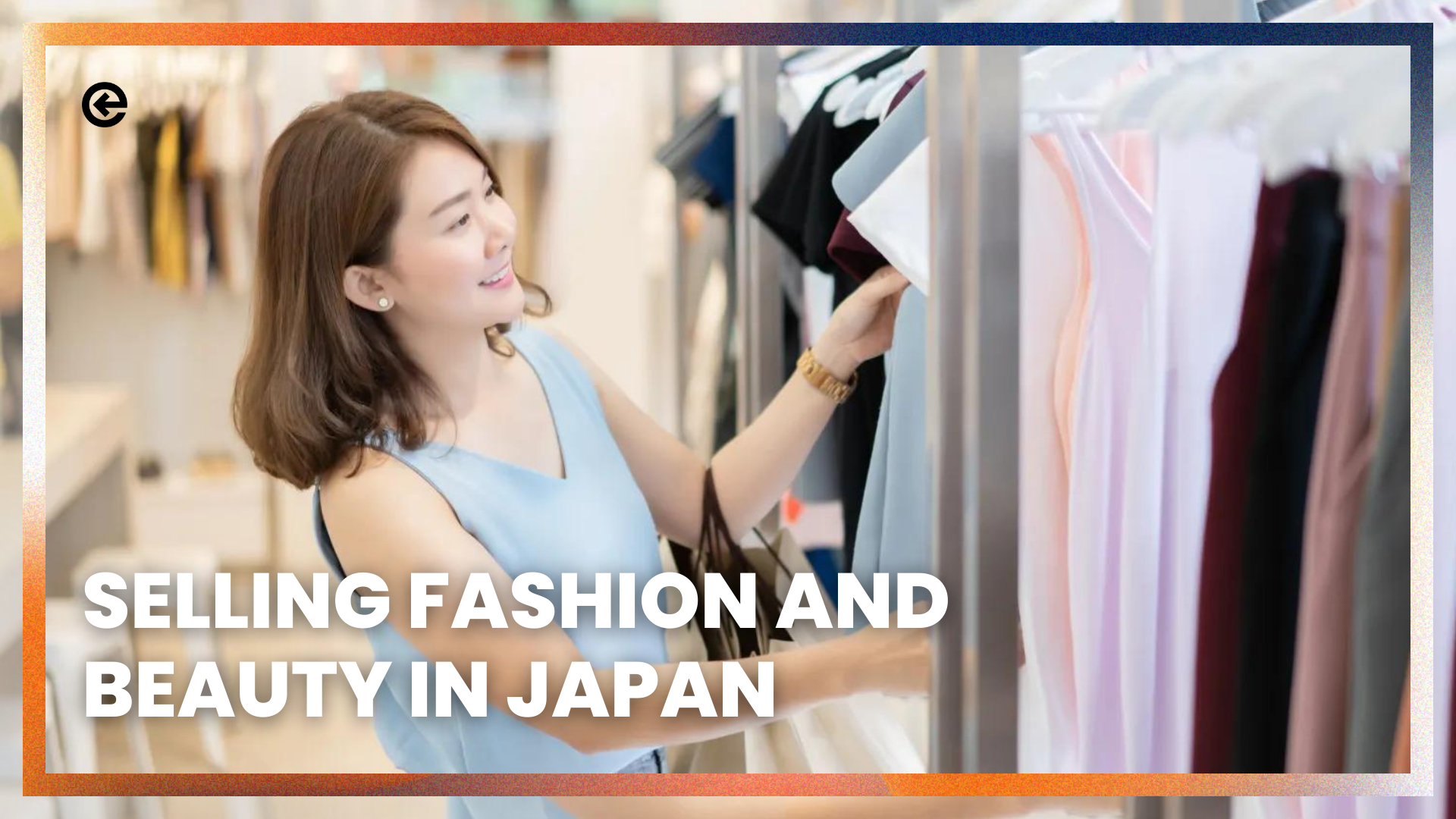Selling Fashion and Beauty in Japan
Consumers in Japan are some of the most sophisticated and hard-to-please in the world, yet with open wallets for products, they trust.
Here are some facets of Japan’s rag trade, beauty trends, and beyond—including makeup, youth, and senior fashion—that marketers in Japan or those who plan a market entry into Japan should know, as well as how shopping for all this stuff is changing.
The major key is self-expression for those times when not in harness in the working world.
Exhibitor feedback from the Autumn Fashion World Tokyo Show reveals that Japan’s consumers have some particular tastes. Accessories and bags with a low bling factor, for one. They also prefer clothes that don’t wrinkle or fade, which makes clothing produced using completely natural materials and dyes less attractive. In footwear, they favor more comfortable, less formal styles.
The skincare game and other altered states
Bihaku – white skin as the epitome of beauty
Bihaku is an integral element of a sophisticated skincare regimen, encompassing makeup removal, cleansing, lotion, serums and moisturizers, exfoliators, and more. That self-care actually extends to what’s eaten and drunk—collagen-rich and fermented foods, seaweed and oily fish, for example, and green tea—as well as onsen bathing.
The mochi skin phenomenon
There’s a definite desire among Japanese women to attain what’s known as “mochi skin”—essentially a complexion that mimics the soft, smooth texture of mochi rice cake desserts.
In vivid contrast to that flawless skin, Japan’s young fashionistas are applying colored eyeliner (yellow, green, pink, and more), or maybe under-eye blush or glossy, glittery eye shadow.
There’s a vibrant gloss for the lips, too, in fruity shades. Younger Japanese women also go in for colorful nail art, including what are known as “nuance nails,” with each nail covered in different colors, designs, and decorations.
Cutting-edge contact lenses and hair care
Colored and patterned contact lenses—the latter known as “circle lenses”—hold a particular appeal in the land of manga, anime and cosplay.
Important to know for overseas marketers is the fact that while some circle lenses are nearsighted,
farsighted or astigmatic folks, most are pure fashion statements.
Japanese manufacturers have also devised some radically new tech for hair care. Louvredo’s Fukugen hair dryer uses a special far-infrared wavelength of 6 ~ 20 μm and negative ionization to shake the moisture out of the hair, eliminating the usual damage to hair proteins that hot air causes. Lumielina’s Bio programming range of care and styling products use a new type of ceramic that not only shields hair from heat but also actually improves its smoothness, moisture balance, and gloss.
Online fashion buying habits of the Japanese
Buying fashion and beauty products remotely has always been a bit tricky unless you know exactly what you’re getting, especially when it comes to fit/drape and shade. That doesn’t stop many, though. You see ladies avidly scrolling through clothes and accessories online. On a train or in a coffee shop, for example, they may be hunting for bargains on name-brand goods at a flash sale site.
Smartphone apps are changing the game as well. One called Bodygram uses AI deep-learning and machine-learning algorithms based on just a front and profile photo to the size you perfectly, like a master tailor. Augmented reality (AR) makeup mirrors from app developer Perfect Corp. are helping Estée
Lauder, L’Oréal, and Amway give shoppers the chance to virtually apply products via smartphone
as well. New Balance has set up machines in major Japanese department stores
and elsewhere to do 3D scans of your foot for an exact fit.
The customer is not king, but god in Japan. Anything you can offer them to enhance their shopping experience might get you into their good graces – and purchasing decision.
The Japanese senior fashion market: A graceful transition into maturity
Older women in Japan are increasingly opting for mature styles in both hair and what they wear, not seeking to duplicate the fashions their daughters and granddaughters pursue. That includes a more natural, personal look and going gracefully gray up top. All featured older women rocking distinctive styles and dos.
That’s one powerful indication that designing for and selling to the senior market is worthwhile.
Functional fashion is not a niche, but mainstream in Japan
For marketers, some other pivots include temperature—such as wide-legged pants to stay cool in Japan’s
steamy summertime, and Uniqlo’s “heat-tech” garments for keeping warm in the winter. Other upcoming segments include fashion and beauty addressing environmental, ethical, and sustainability issues, like e.g. anti-pollution skincare products.
Planning to sell Fashion and Beauty Products In Japan?
Having local help onboard is essential in order to be successful in Japan Market Entry. Don’t know where to start? We can help!
COVUE is a trustworthy Japanese company that has import licenses for many product categories. Let COVUE’s regulatory experts help you speed up the market entry process so that you can focus on your business.


